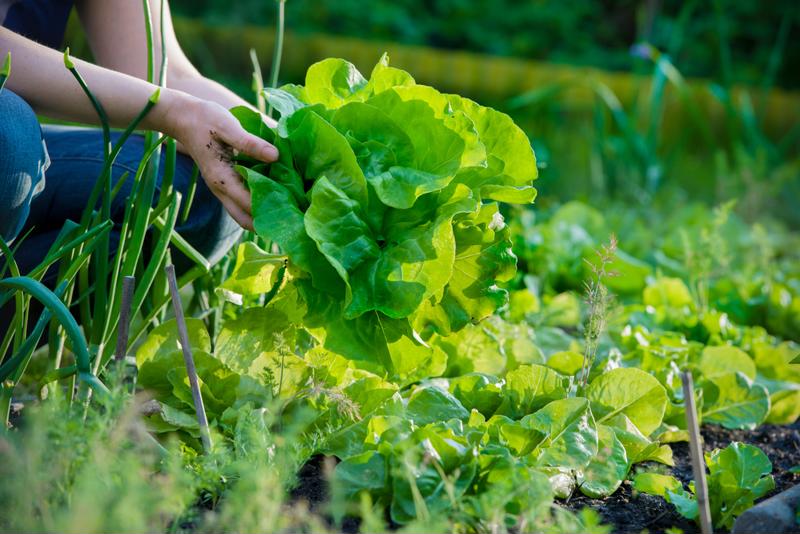Those goods are largely back in stock and the health of the supply chain may be better, but shortages still persist. What kinds of merchandise may be hard to find in 2023?
1. Lettuce
The staple ingredient of salads, lettuce wasn't as plentiful in grocers' produce sections in 2022 due to poor weather conditions in California that led to a poor harvest. The Golden State has continued to experience inclement weather into the fall and winter. Ron Scalzo, senior managing director at FTI Consulting, told Supply Chain Dive that this fact will reduce the availability of leafy greens, as well as some other common salad ingredients.

2. Lithium
Fueled by higher gas prices, electric vehicle (EV) sales have skyrocketed in the past year, reaching over 200,000 in last year's third quarter, according to estimates from vehicle valuation firm Kelley Blue Book. As automakers have scaled up production to keep pace with demand, they've wound up depleting certain raw materials. Chief among them is lithium, a rare earth mineral used in EV batteries. As a result, lithium prices are up appreciably, rising 156% in December compared to 12 months earlier, Supply Chain Dive reported from S&P Global Commodity Insights.
The fact that lithium has to be shipped is also contributing to higher prices. Most of the world's lithium comes from China and Chile, with the South American nation exporting approximately two-thirds of the globe's lithium carbonate, according to Boston Consulting Group.
3. Certain over-the-counter and prescription medicines
Over-the-counter (OTC) medicines are described as such because they're widely available; users don't need a prescription from their primary care physician to buy what they need for treating the common cold, headaches, soreness and other routine ailments. But a surge in seasonal flu, respiratory syncytial and COVID-19 diagnoses has created a supply crunch for these typically easy-to-get pharmaceuticals like ibuprofen and acetaminophen. In December, in fact, drug store chains Walgreens and CVS placed a buying limit for parents buying antipyretics, which are medicines that are designed to treat fevers.
"We're committed to meeting our customers' needs and are working with our suppliers to ensure continued access to these items," a CVS spokesperson told Supply Chain Dive in an email.
Another medicine in limited supply is amoxicillin. Amoxicillin requires a prescription and is used as a first-line defense for treating primarily bacterial-related infections, such as those affecting the urinary tract, skin and ears. In November, the Food and Drug Administration warned about an "acute shortage" of amoxicillin administered orally.
The FDA as a result has urged drug makers to scale up their production of beta-lactam oral suspension products by working with their suppliers.
Building materials, electrical components and other rare earth minerals (e.g. cobalt, graphite) may also be in short supply in 2023.



Post A Comment:
0 comments so far,add yours